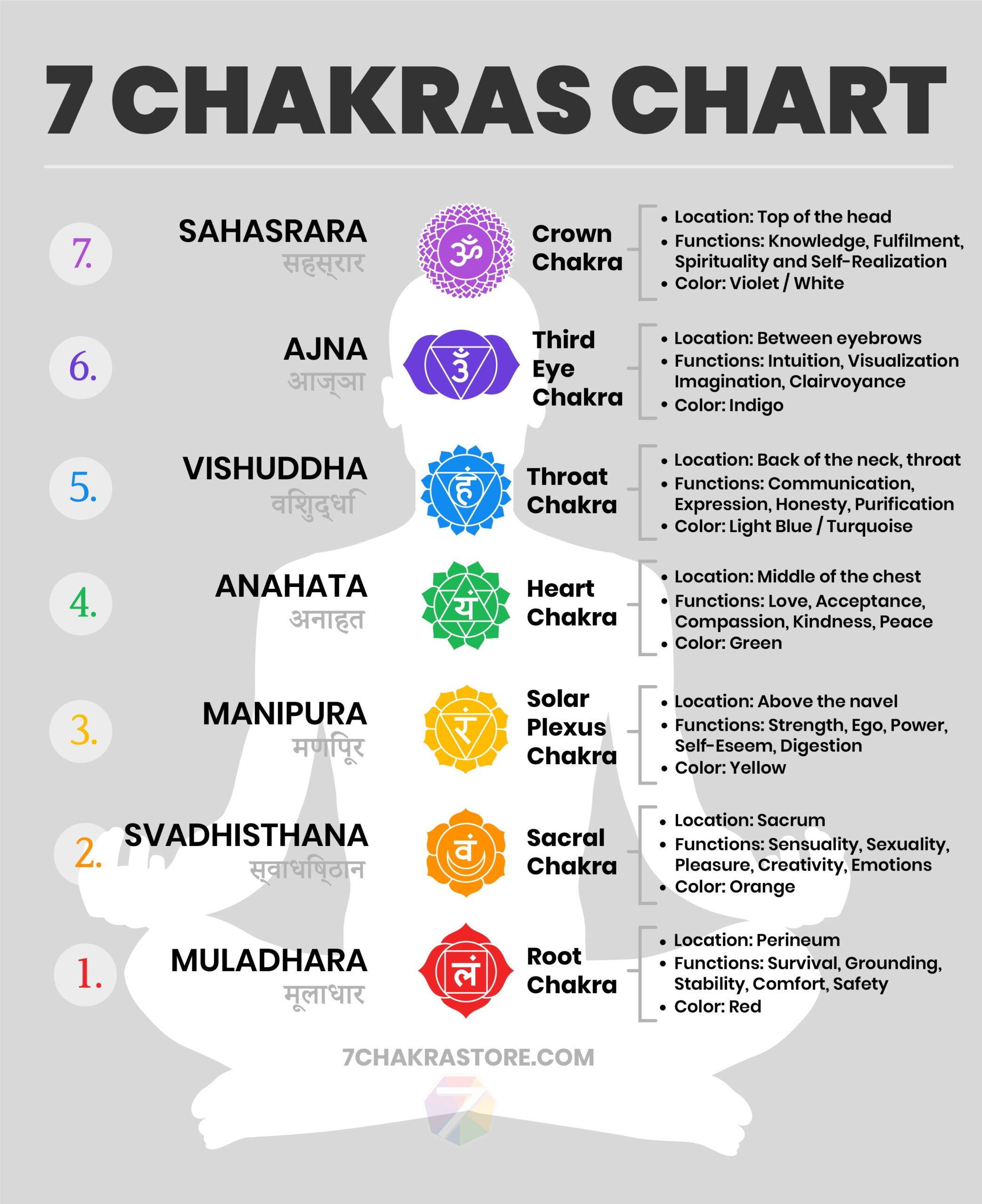n today’s fast-paced world, where noise is constant and peace feels distant, meditation is more than a buzzword—it’s a lifeline. From reducing stress to sharpening focus and even boosting immunity, meditation is a scientifically proven tool for enhancing both mental and physical health. But how do you actually start meditating?
Let’s break it down into simple, actionable steps. Whether you’re a curious beginner or someone looking to refine your practice, this blog will guide you through the why, how, and what of meditation—plus a few surprising facts along the way!
What is Meditation?
Meditation is a practice of training your attention and awareness to achieve a mentally clear and emotionally calm state. It’s not about “emptying your mind” but rather becoming aware of your thoughts without judgment.
It has roots in ancient traditions—Hinduism, Buddhism, and even early Christianity—but today, it’s embraced globally for its scientifically backed benefits.
Why Should You Meditate?
Before we dive into the “how,” let’s look at some compelling reasons why meditation is worth your time:
- Reduces Stress: Studies show meditation lowers cortisol levels, the stress hormone.
- Improves Focus: Just 10 minutes a day can enhance attention span and memory.
- Boosts Emotional Health: Regular practice increases positive emotions and decreases symptoms of depression and anxiety.
- Enhances Self-Awareness: Meditation helps you understand your thoughts and behaviors.
- Better Sleep: People who meditate often report improved sleep quality.
- Strengthens Immunity: Yes, it even helps your body fight illness more effectively!
How to Meditate: Step-by-Step for Beginners
Starting meditation can feel overwhelming, but it’s actually very simple. Here’s a step-by-step guide to get you going:
1. Find a Comfortable Space
Choose a quiet spot where you won’t be disturbed. It can be your bedroom, balcony, garden, or even a peaceful corner in your office.
Sit on a cushion, chair, or the floor—whatever feels comfortable. Keep your spine straight but relaxed.
2. Set a Timer
Start with just 5 to 10 minutes. As you get more comfortable, gradually increase to 20 or even 30 minutes.
3. Focus on Your Breath
Close your eyes and bring your attention to your breath. Notice the sensation of air entering and leaving your nose. You don’t need to change your breathing—just observe.
If your mind wanders (and it will), gently guide it back to your breath.
4. Don’t Fight Your Thoughts
Thoughts will come and go—that’s completely normal. Instead of resisting them, simply observe them like clouds passing in the sky. Label them if you like (“thinking,” “worrying,” “planning”) and return to your breath.
5. End Gently
When your timer rings, don’t jump up immediately. Open your eyes slowly, stretch a little, and take a moment to appreciate the calmness you’ve created.
How Often Should You Meditate?
Consistency is key. Even five minutes a day can create noticeable changes over time. Aim for a daily routine, perhaps first thing in the morning or before bed. Remember, quality matters more than quantity.
Types of Meditation You Can Try
Explore different techniques and see what resonates with you:
- Mindfulness Meditation: Observing your thoughts, emotions, and sensations in the present moment.
- Guided Meditation: A teacher or app guides you through a visualization or breathing journey.
- Loving-Kindness Meditation (Metta): Cultivating compassion for yourself and others.
- Mantra Meditation: Repeating a calming word or phrase like “Om” or “Peace.”
- Body Scan Meditation: Bringing awareness to different parts of the body.
- Walking Meditation: Practicing mindfulness while moving slowly and intentionally.
Surprising Facts About Meditation
- Changes Your Brain: Meditation literally reshapes your brain! MRI scans show that regular practice increases gray matter in areas linked to memory and emotional regulation.
- Lowers Blood Pressure: Meditation can help reduce high blood pressure naturally.
- Slows Aging: Some studies suggest that regular meditation preserves telomeres—the protective ends of our chromosomes—which are linked to aging and disease.
- Boosts Productivity: Many top CEOs and athletes practice meditation to sharpen focus and decision-making skills.
Tips to Stay Consistent
- Keep a meditation journal to track how you feel before and after.
- Set a daily reminder to build it into your routine.
- Join a meditation group or find a buddy for accountability.
- Add elements like soft music, incense, or a candle to create a ritual you look forward to.
Common Myths About Meditation (Busted!)
- “I have to clear my mind completely.”
No! The goal is awareness, not emptiness. - “I’m too busy to meditate.”
Even one mindful breath is meditation. You can always find 5 minutes. - “I need to sit in lotus position.”
Nope! Sit, lie down, or even stand. Comfort is more important than form. - “Meditation is religious.”
While rooted in spirituality, meditation itself is a secular, evidence-based practice.
Meditation in Daily Life
Meditation isn’t just something you “do”—it’s a way of being. As you develop your practice, you’ll notice mindfulness spilling into your everyday life:
- Eating slower and savoring your food
- Listening more deeply to others
- Pausing before reacting in stressful situations
- Feeling more gratitude and joy in simple things
That’s the real magic of meditation—it changes how you live.
Your Journey Starts Now
Meditation isn’t about perfection—it’s about presence. Whether you’re dealing with stress, seeking clarity, or just want to reconnect with yourself, meditation offers a path inward.
So, take a deep breath. Sit in stillness. Begin your journey, one breath at a time.
Your mind is your home. Keep it peaceful.






